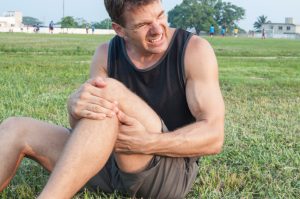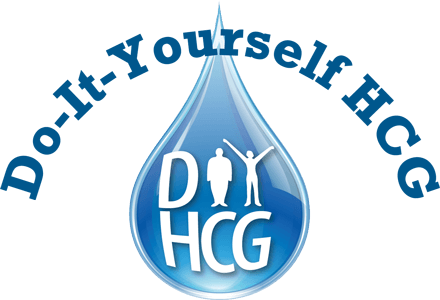How to Get Rid of Shin Splints

Shin splints are no fun at all, especially if they keep coming back after you think they've healed. If that's the case, you're probably not allowing enough time for healing, which can take up to three to six months. Rest assured, there is a light at the end of the burning, ripping pain tunnel.
Why You Got Them, and Why They May Come Back
Medial tibial stress syndrome is the medical name for shin splints. You may get them if you're a runner or dancer, you play a sport on a hard surface that requires to you to stop and start a lot, or you're in military training. Those are activities often associated with shin splints, because they put repetitive stress on your tibia, or lower leg bone, which causes the muscles, tendons, and bone tissues to become overworked and swell.
Unfortunately, the people who participate in those activities also have the roughest time sitting on the sidelines during recovery, and tend to cut their recovery time short. Often, this means the shin splints will come back.
Get Rid of Your Shin Splints
There are five concrete steps to getting rid of your shin splints.
Step One: Stop what you're doing!
As soon as you notice pain around the inner part of your tibia, stop your activity. Starting now, you have shin splints. Congratulations!
Step Two: Reduce the pain and swelling.
For the next three to four days, rest as much as possible. Ice your shins for 15 to 20 minutes at least five times a day (many skip this part, don’t), and take ibuprofen, naproxen, or acetaminophen according to the directions.
Step Three: Avoid repetitive exercises with your lower leg for one to two weeks.
The only movement you should be doing for the next week or two is the minimal walking you do to propel yourself during your day. Once the pain is completely gone when you walk, you can move on to the next step.
Step Four: Start doing low-impact exercises.
Ease yourself into a low-impact exercise routine, like biking or swimming. As soon as you feel any pain, stop the activity, rest, and ice. (Many of you will ignore this step. If that’s you, you might as well prepare for step one again.)
Step Five: Ease back into your normal routine.
Once you've been doing low-impact for two solid weeks with no pain, you can work your way back into your regular activities, but take it easy at first. There is a difference between brave and stupid, or so my mother always said.


